
This ebook is copyright material and must not be copied, reproduced, transferred, distributed, leased, licensed or publicly performed or used in any way except as specifically permitted in writing by the publishers, as allowed under the terms and conditions under which it was purchased or as strictly permitted by applicable copyright law. Any unauthorized distribution or use of this text may be a direct infringement of the authors and publishers rights and those responsible may be liable in law accordingly.
BBC Books, an imprint of Ebury Publishing,
20 Vauxhall Bridge Road,
London SW1V 2SA
BBC Books is part of the Penguin Random House group of companies whose addresses can be found at global.penguinrandomhouse.com.

Copyright Alan Titchmarsh 2012
Cover image Nicola Stocken Tomkins
www.gardencollection.com
Author photo Sarah Cuttle
Cover design by Two Associates
Alan Titchmarsh has asserted his right to be identified as the author of this Work in accordance with the Copyright, Designs and Patents Act 1988
All rights reserved. No part of this publication may be reproduced, stored in a retrieval system, or transmitted in any form or by any means, electronic, mechanical, photocopying, recording or otherwise, without the prior permission of the copyright owner.
First published by BBC Books in 2012
penguin.co.uk
A CIP catalogue record for this book is available from the British Library
BBC BOOKS
COMMISSIONING EDITOR: Lorna Russell
PROJECT EDITOR: Caroline McArthur
PRODUCTION: Rebecca Jones
OUTHOUSE!
COMMISSIONING EDITOR: Sue Gordon
SERIES EDITOR & PROJECT EDITOR: Polly Boyd
SERIES ART DIRECTOR: Robin Whitecross
CONTRIBUTING EDITOR: Jo Weeks
DESIGNER: Sharon Cluett
ILLUSTRATIONS by Lizzie Harper, Susan Hillier
PHOTOGRAPHS by Jonathan Buckley except where credited otherwise on
CONCEPT DEVELOPMENT & SERIES DESIGN: Elizabeth Mallard-Shaw, Sharon Cluett
Colour origination by Altaimage, London
ISBN 9781473532397
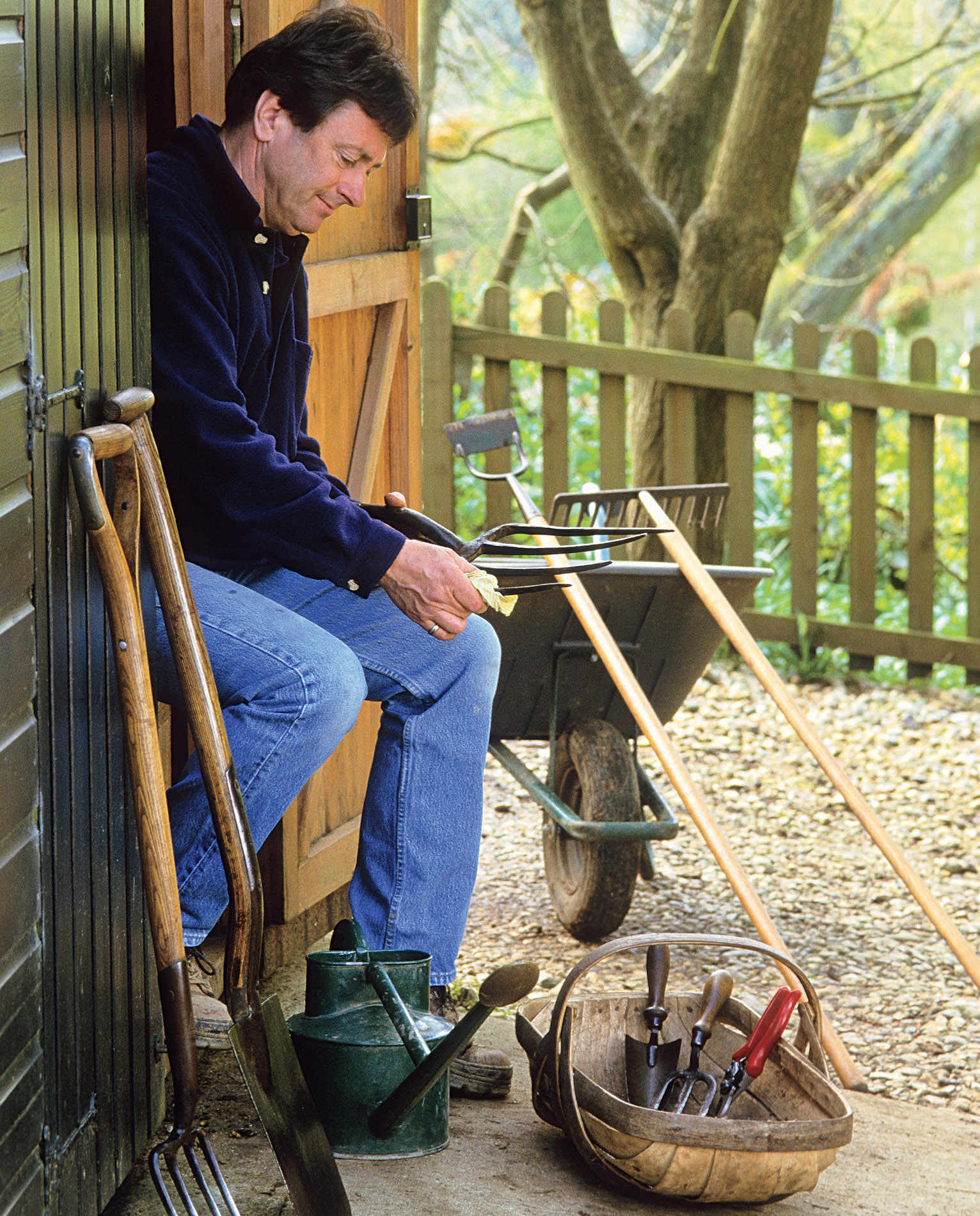
Introduction
Gardening is one of the best and most fulfilling activities on earth, but it can sometimes seem complicated and confusing. The answers to problems can usually be found in books, but big fat gardening books can be rather daunting. Where do you start? How can you find just the information you want without wading through lots of stuff that is not appropriate to your particular problem? Well, a good index is helpful, but sometimes a smaller book devoted to one particular subject fits the bill better especially if it is reasonably priced and if you have a small garden where you might not be able to fit in everything suggested in a larger volume.
The How to Garden books aim to fill that gap even if sometimes it may be only a small one. They are clearly set out and written, I hope, in a straightforward, easy-to-understand style. I dont see any point in making gardening complicated, when much of it is based on common sense and observation. (All the key techniques are explained and illustrated, and Ive included plenty of tips and tricks of the trade.)
There are suggestions on the best plants and the best varieties to grow in particular situations and for a particular effect. Ive tried to keep the information crisp and to the point so that you can find what you need quickly and easily and then put your new-found knowledge into practice. Dont worry if youre not familiar with the Latin names of plants. They are there to make sure you can find the plant as it will be labelled in the nursery or garden centre, but where appropriate I have included common names, too. Forgetting a plants name need not stand in your way when it comes to being able to grow it.
Above all, the How to Garden books are designed to fill you with passion and enthusiasm for your garden and all that its creation and care entails, from designing and planting it to maintaining it and enjoying it. For more than fifty years gardening has been my passion, and that initial enthusiasm for watching plants grow, for trying something new and for just being outside pottering has never faded. If anything I am keener on gardening now than I ever was and get more satisfaction from my plants every day. Its not that I am simply a romantic, but rather that I have learned to look for the good in gardens and in plants, and there is lots to be found. Oh, there are times when I fail when my plants dont grow as well as they should and I need to try harder. But where would I rather be on a sunny day? Nowhere!
The How to Garden handbooks will, I hope, allow some of that enthusiasm childish though it may be to rub off on you, and the information they contain will, I hope, make you a better gardener, as well as opening your eyes to the magic of plants and flowers.
Introducing allotments
Theres something very appealing about the idea of setting off to the allotment at the weekend and coming back with a box full of home-grown vegetables and fruit. Allotments attract all sorts of gardeners, but theyre particularly important for those who dont have the space in their own back garden to fulfill one of our most basic desires: to provide food for ourselves and our family. There are all sorts of other benefits to growing vegetables in a communal area, including shared plants and growing techniques as well as the informal companionship of like-minded people from all walks of life.
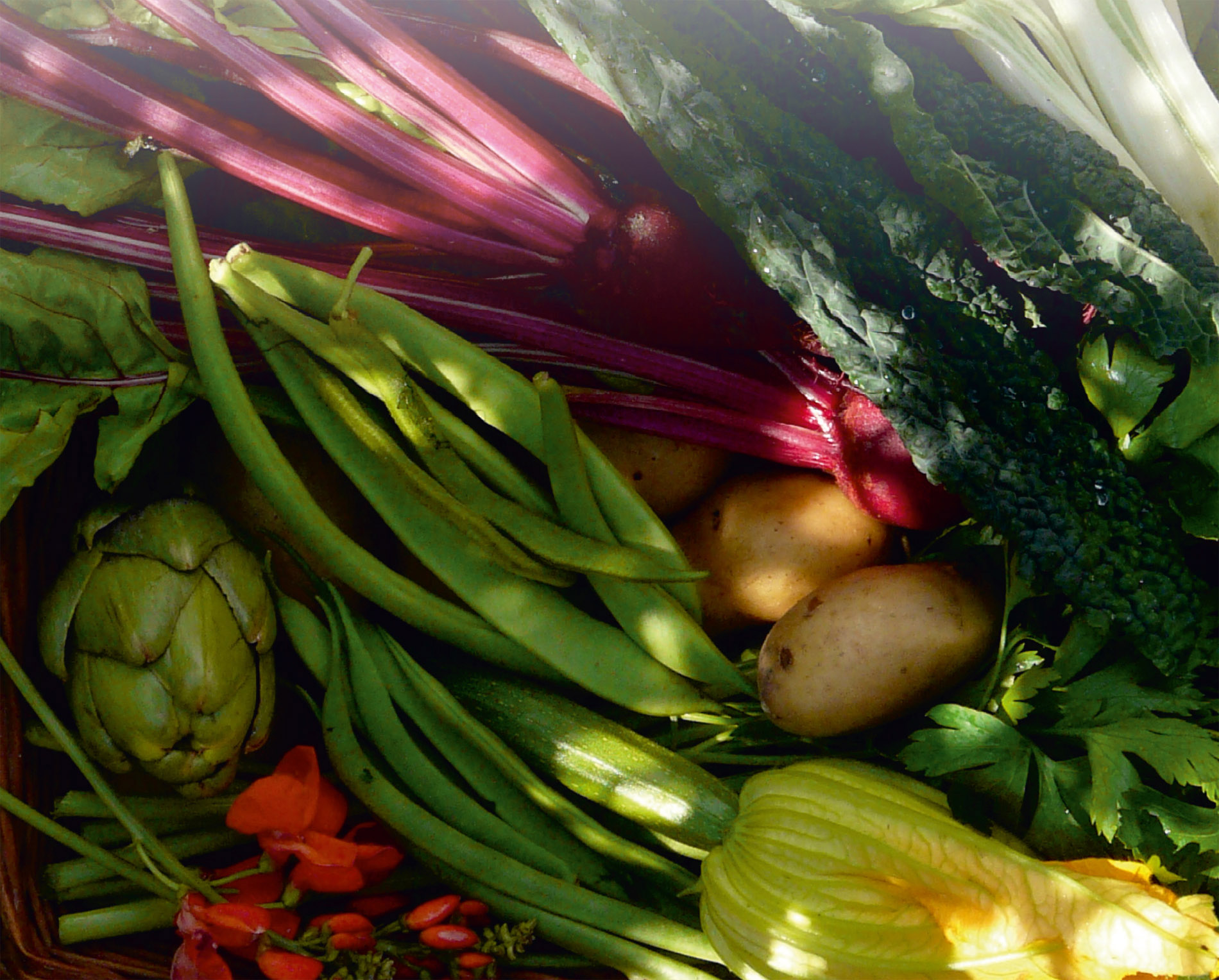
Getting an allotment
Allotments are basically fields divided into little plots, which are then cultivated for food. They are found all around villages, towns and cities, tucked in beside railway lines or beside canals or rivers and other places where pieces of ground have been neglected or left undeveloped for one reason or another. You can rent an allotment for very little money and then, within the rules of the site, it is yours to do what you want with.
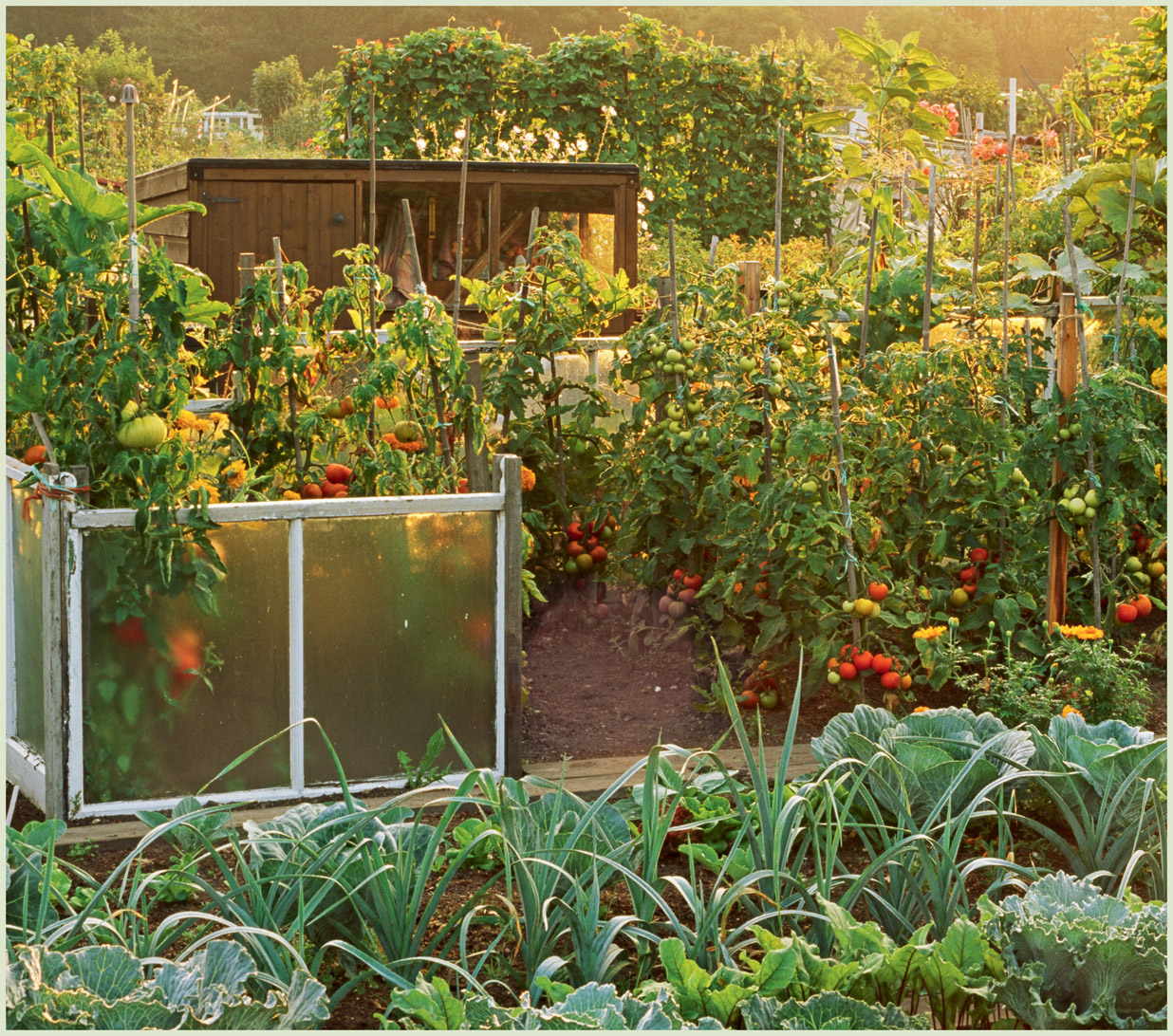
Allotments give you a chance to grow a huge range of produce with a view to becoming more self-sufficient.
A brief history of allotments
Although the idea of allotments has been around for centuries, they really took off during the Industrial Revolution, which brought many people from the countryside into the cities. Poorly paid and squeezed into tiny houses, these people often suffered from malnutrition and ill health. The governments of the day tried to address the problem via various acts of Parliament passed to encourage landowners to provide small plots of land for rent so that people could grow their own food for their families. By the early 20th century, allotments were a common feature in cities and towns.
German blockades during the First World War led to food shortages, which then increased the need for home-grown produce, and during the Second World War citizens were encouraged to Dig for Victory by the famous government campaign. Every spare piece of land was to be put to good use and cultivated for food, including gardens and municipal parks. Allotments had never been so important.
Next page
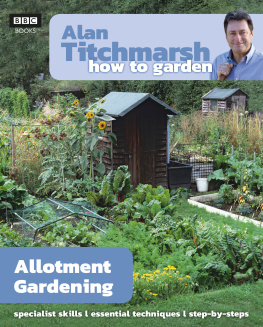

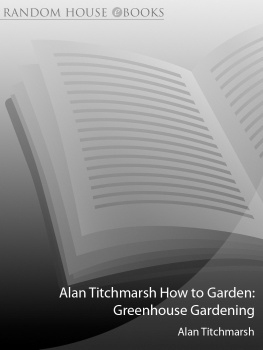
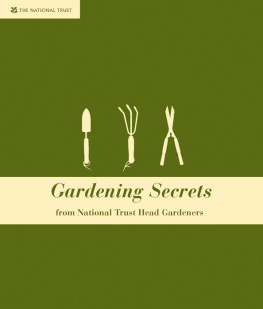




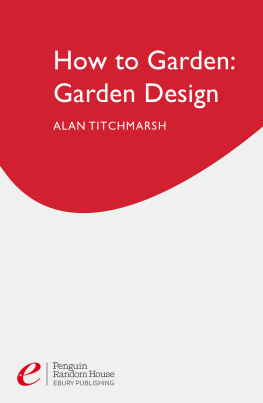
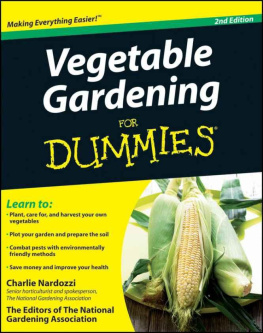
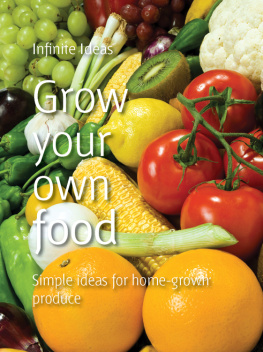
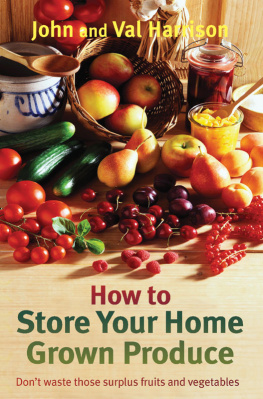





 Allotments give you a chance to grow a huge range of produce with a view to becoming more self-sufficient.
Allotments give you a chance to grow a huge range of produce with a view to becoming more self-sufficient.